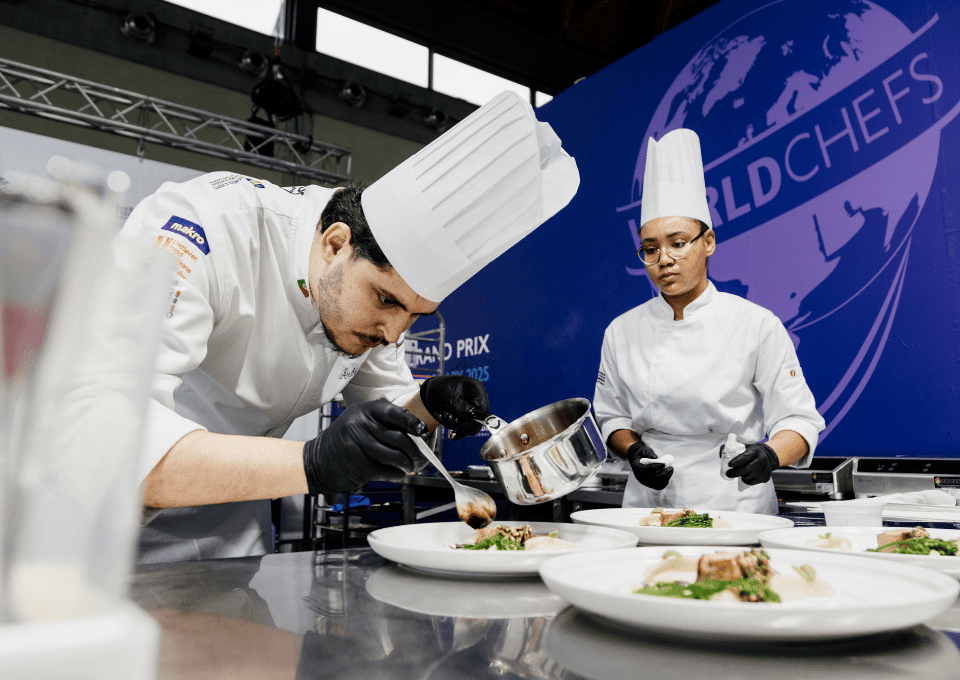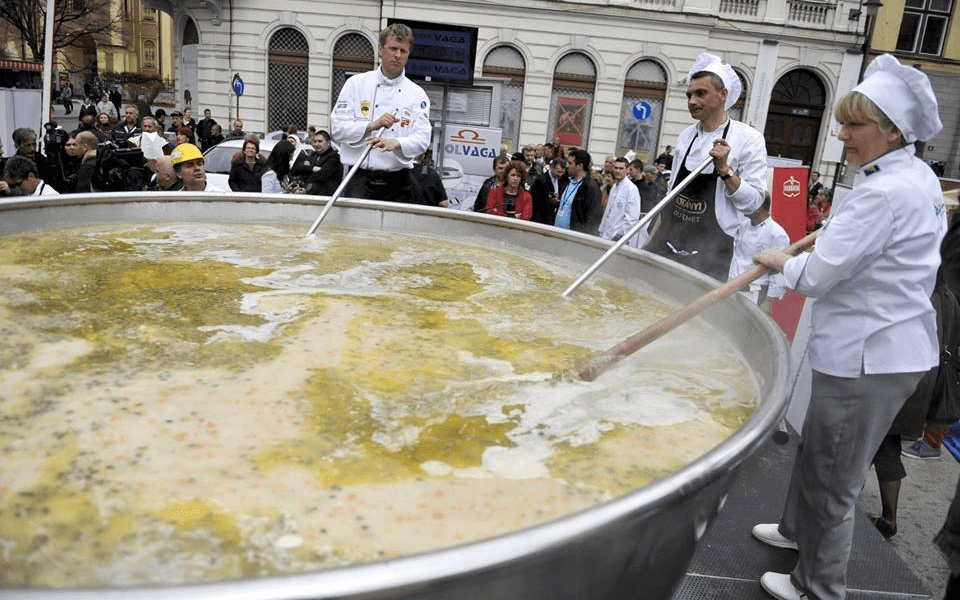Malaysian Red Palm Oil: The Lesser Known Premium Cooking Oil
Have you ever heard of Malaysian Red Palm Oil (RPO)? Over the years, while great attention has been given to regular golden palm oil, many have overlooked or have not been aware of the presence of nutrient-dense RPO.

WHAT IS RED PALM OIL?
Similar to Crude Palm Oil (CPO), RPO is extracted from the flesh of the oil palm fruit. It is produced through a special refining method that can retain 80% of the carotenoids and vitamins present in CPO. Thus, it is rich in phytonutrients such as carotene (which gives the oil its brilliant red color), vitamin E, phytosterols, squalene, and coenzyme Q101.
RICH IN CAROTENOIDS AND VITAMIN E TOCOTRIENOLS
Carotenoids are the most widely distributed pigments in nature and are the source of yellow, orange, and red colors in many plants. They can be broadly classified as carotene and xanthophylls. There are 13 types of carotenoids found in palm oil, and α-carotene and β-carotene are the major carotenes in commercial RPO. Carotene particularly strengthens the body’s immune system, helps boost heart health, and may help reduce the risk of cancer. For growing children, it supports better eye health, growth, and development. RPO is known to have the highest content of provitamin A amongst other vegetable oils.

What is provitamin A? The term provitamin means that it acts as a vitamin precursor. Once ingested, our body will then convert provitamin A into vitamin A. You may be surprised to know that RPO contains more provitamin A than other plant sources such as fruits and vegetables!

Vitamin E tocotrienols are rarely found in food sources or vegetable oils, but they can be found in abundance in rice bran and palm oil. One of the most well-known effects of vitamin E is its antioxidant capability. Indeed, tocotrienol has a much stronger antioxidant effect than tocopherol. Vitamin E tocotrienols have numerous health benefits that include its potential protection against stroke and cardiovascular diseases, supporting liver health, and exhibiting potential anti-cancer properties3.
BE CREATIVE IN YOUR KITCHEN WITH RPO

RPO has a smoke point of 232°C. Therefore RPO remains stable at high temperatures, hence it is suitable for sautéing and frying. RPO can be used for stir-frying, baking, and roasting, as well as other food preparation methods that require minimal heating. This will minimize the loss of nutrients present in RPO. The beautiful red hue of RPO is a feast for the eyes and will help whet the appetite of guests in the kitchen, therefore it is recommended to incorporate RPO in sauces, dressings, and gravies. Salad dressing is the most popular application of RPO as an alternative to other oils. You can also try adding RPO in mayonnaise or honey-mustard dressing for an interesting variation.

In main courses, you can use RPO as an alternative to olive oil when cooking your pasta as well as for stir-frying your favorite vegetables. Apart from that, for ice cream lovers, adding RPO when making ice cream is considered a creative take on enjoying your usual ice cream. You can add some RPO, milk, sugar, thickened cream, and yogurt to your ice cream mix and this will result in a very creamy texture. To finish it up, add your preferred fruits such as mango, orange, strawberry, or dragonfruit. You can also add RPO when making cakes, muffins, bread, biscuits, and brownies to provide excellent texture and high nutrient value.
RPO ENHANCES THE COLOR AND TASTE OF YOUR FOOD
Apart from being used as a natural food colorant, RPO is also used to add nutritional value and to improve the shelf-life of food products as it is resistant to oxidation. It does not easily turn rancid.
In tantalizing the taste buds, color does play an important role in the overall acceptance of food4. The use of RPO gives a richer hue to dishes such as fried rice, scrambled eggs, chili gravy, and curry as they will be visually more attractive with a more intense red color.
Have a bottle of the Malaysian RPO in your kitchen as it has been proven to offer many health benefits and is widely used in various recipes. For recipe ideas, you can find some Malaysian RPO recipes in the links below:
- Black Snapper Ceviche with Orange & Red Palm Oil
- Red Palm Oil Focaccia
- Smoked Salmon Spaghetti Aglio Olio
- Saffron Arancini with Arrabiata Sauce
Go and try them now!!
References:
- Ooi CK, Choo YM, and Ong ASH. (1991). Recovery of carotenoids. US Patent No. 5019668.
- Scrimshaw NS. (2000). Nutritional potential of red palm oil for combating vitamin A deficiency. Food Nutr Bull 21:195-201.
- Aggarwal BB, Sundaram C, Prasad S and Kannapan R. (2010). Tocotrienols, the Vitamin E of the 21st Century: Its Potential Against Cancer and Other Chronic Diseases. Biochem Pharmacol 80(11): 1613-1631.
- Imram, N. (1999). The role of visual cues in consumer perception and acceptance of a food product. Nutrition & Food Science, 224-228.
This article was provided by the Malaysian Palm Oil Council. Visit Malaysian Palm Oil Council’s website and follow them on Facebook, LinkedIn, and Twitter to learn more about palm oil’s nutritional and economical advantages as well as environmental sustainability.














